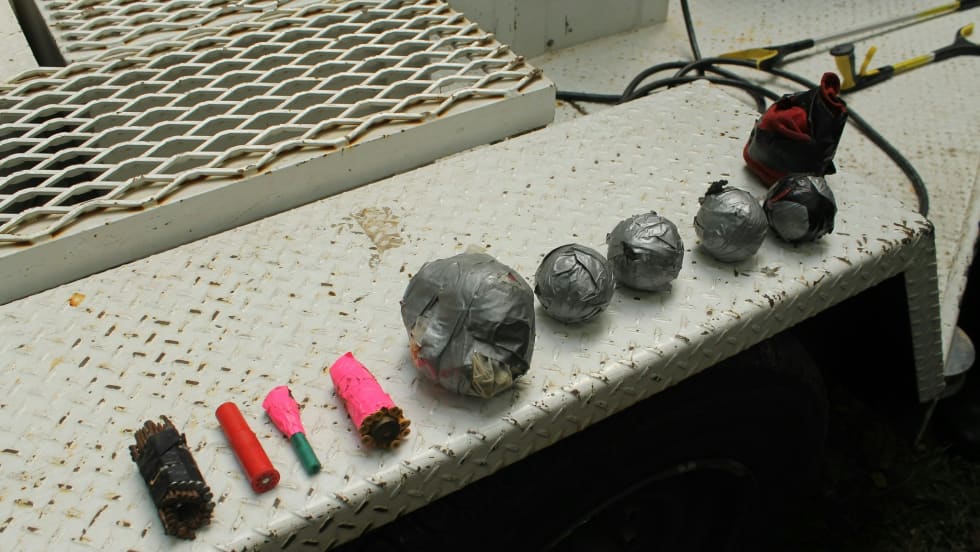What does Sureno really mean?
The answers to these questions come from a pair of shoes and the Mexican prison gang, La Erne. Sgt. Joe Guzman, of the Los Angeles County Sheriff's Department, observed that Los Angeles experienced the birth of Mexican street gangs in the early 1900s. Guzman also correctly concluded that gangs form for a number of reasons. Economic conditions, racism and prejudice are all factors.
Some History
During 1956 and 1957, Guero "Buff' Flores and other East Los Angeles gang members were doing hard time at Duel Vocational Institute in California. Together, they formed the "gang of gangs," La Erne, California's first prison gang.
La Erne originally formed, in part, for protection from the other prison populations. Because the gang's membership was based on race, it was logical to start recruiting new members from Mexican street gangs. Surprisingly, however, some of the original members were not only Mexican, but of mixed race and one was Korean.











